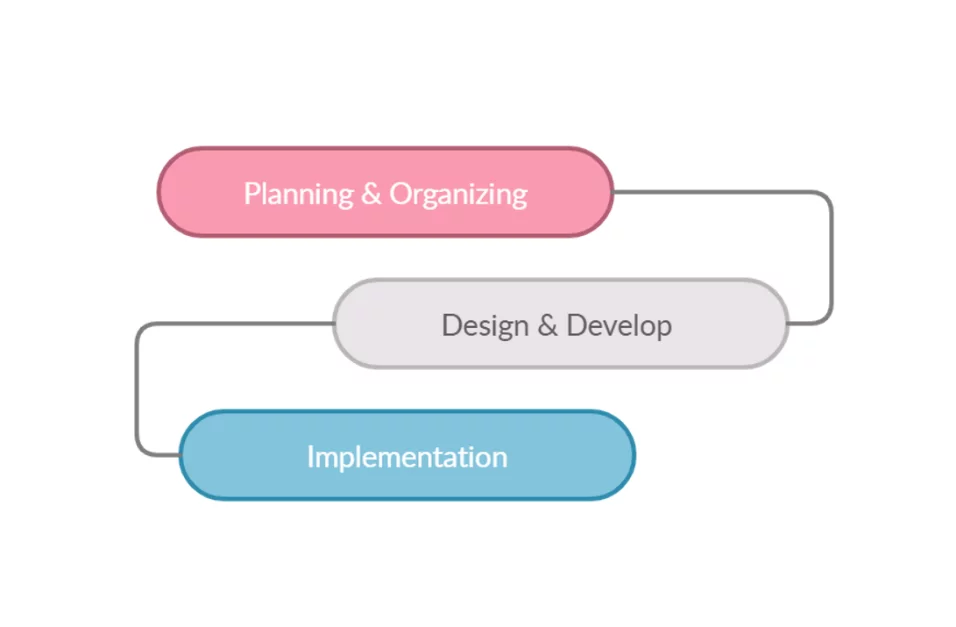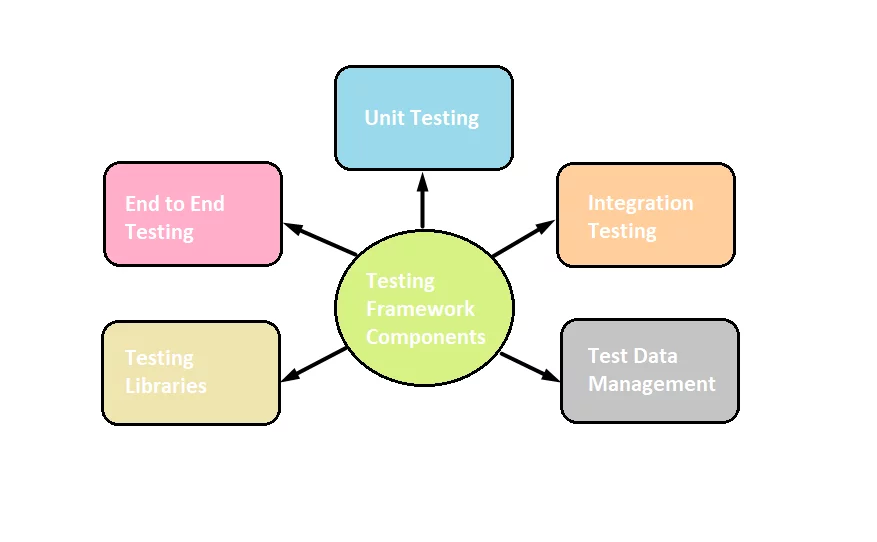Why Automation Testing?
Every delivered software goes through the process of software testing, yet it still has flaws. Although with the finest manual testing techniques, software QA (Quality Assurance) specialists work extremely hard to catch the bugs before the software is delivered, they still creep in and frequently come back. Automation Testing is the most effective and efficient way to improve the quality of the software.
Manual testing is exhaustive, takes time and requires human resources. During a software life cycle manual test cases are often performed repeatedly due to ongoing changes in the application.
Automated testing is far more efficient than manual testing. Once automated tests are created, they can easily be repeated. They can even perform tasks which are not possible by manual testing.

Test Automation Framework:
An automated test framework creates an environment where automated test scripts can be executed. The framework aids users in creating, executing, and reporting on their test automation scripts rationally.
Step 1: Plan and organize assets
This step builds the basis for your testing strategy. For the best results, the planning step must be prepared carefully.
1.1 Planning: The planning step assists you in gaining a thorough understanding of how to choose the best and most effective Test Automation Framework.
For selecting a suitable automation framework, You should consider its:
- Popularity and market standards.
- Integration, compatibility, and flexibility.
- Strong community support.
1.2 Organize resources and tools: The next step is to determine who will be writing the test scripts. Make sure that all the team members have the required knowledge and, skill set. Time to write test cases should also be taken into consideration. When automated test cases are completed, time spent evaluating failed tests for defects should also be factored in.
Multiple types of automated test suites are required by development teams. Smoke tests cover important functionality, and a regression suite can include interconnected tests. An execution strategy is required for each type of test case.
To keep work on track and the team productive, keep the documentation and test scripts in a handy location, accessible to all team members. For the final planning phase, state any tools the team needs, to construct a test automation framework or scripts.
Following are some points to think about when putting together an automation framework:
- Who will create the automated tests and how these test cases will be executed?
- Who will be responsible for maintenance?
- At what stage will the test cases be executed and how often will they be executed?
- Where the automation test framework and test script should be stored?
- What automation and management tools should be used?
Step 2: Design & Development
This step concentrates on how the automation framework should be designed as per your project’s requirements. Before designing any framework, it is especially important to look at the benefits of the frameworks. An experienced team should be present in the design process.
2.1 Selecting the Framework:
The following are some of the most popular test automation frameworks.
2.1.1 Linear Scripting Framework:
Linear Scripting is a fundamental level framework in which a QA specialist writes and executes test cases individually. It is used to sequentially test small applications. The linear scripting framework is also known as “Record and Playback” framework.
2.1.2 Modular Testing Framework:
Modular Testing Framework breaks the application into smaller components. These components are tested separately before the entire system is tested. It allows testers to save a script in it, which helps in minimizing testing effort.
2.1.3 Keyword Testing Framework:
This is a test automation framework that can be reused. The test data is saved externally, and keywords are linked to the test cases. As a result, test script logic is distinguished from test data. They often take longer to implement and demand a higher level of technical expertise.
2.1.4 Hybrid Testing Framework:
This framework was created to take advantage of various test automation frameworks and to provide a more efficient testing framework.
Step 3: Implementation
If the automation framework is not implemented in the right way, it will not yield any useful results. The best practice is to use the testing framework as part of your product life cycle and to always stick to business rules. These are some effective steps:
- Identifying a test execution solution that is both accurate and quick.
- Debugging and testing essential test environments on a regular basis.
- To keep test data separated from other data.
- Recording the testing procedures properly.
3.1 Some Advantages of Automation:
Automation helps in:
- Lowering the cost of project resources
- Reusing the code.
- Improves the functionality of the app.
- With suitable test automation, test efficiency is increased.
3.2 Elements of Testing Framework:
3.2.1 Unit Testing: It is used to test specific code pieces to check whether they work as intended or not. For better code development, testers and developers deploy unit test libraries.
3.2.2 Integration Testing: Individual software modules are integrated and tested as a group during the integration testing phase of software testing. Integration testing is used to verify a system’s or component’s compliance with defined functional requirements.
3.2.3 End to End Testing: This is like integration testing where the whole user flow is tested from beginning to end.
3.3 Testing Library: For the best test results, test cases must be properly created and maintained. The test cases must also be well organized. By developing and storing test cases, test libraries accomplished the same goal. They are compact libraries that can be utilized with unit, integration, and behavior-driven development testing without any need for implementation.
3.4 Test Data Management: Extraction of information from data is often one of the most difficult tasks. Data search is often enhanced by testing libraries and plugins. The success of your test automation is determined by the quality of your test data. Test Data Management creates non-production data like the real world so that system testing can happen in a real environment.
Explore Our QA Services
Conclusion:
A suitable automation framework could save the testing team a lot of time and effort. Automation testing framework should always be selected based on one’s needs, resources, and project budget. One must then concentrate on the steps involved in developing a test framework. When choosing a Test Automation Framework and implementing it, it is important to consider whether automation is necessary. Automation may not be the best option in some circumstances. Therefore, to conclude we can see that test automation can only work if it is used for the right process.



